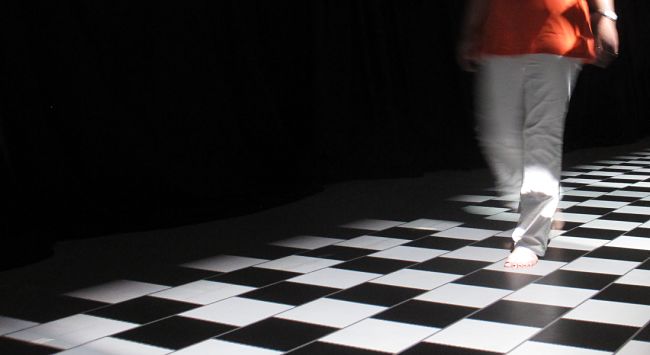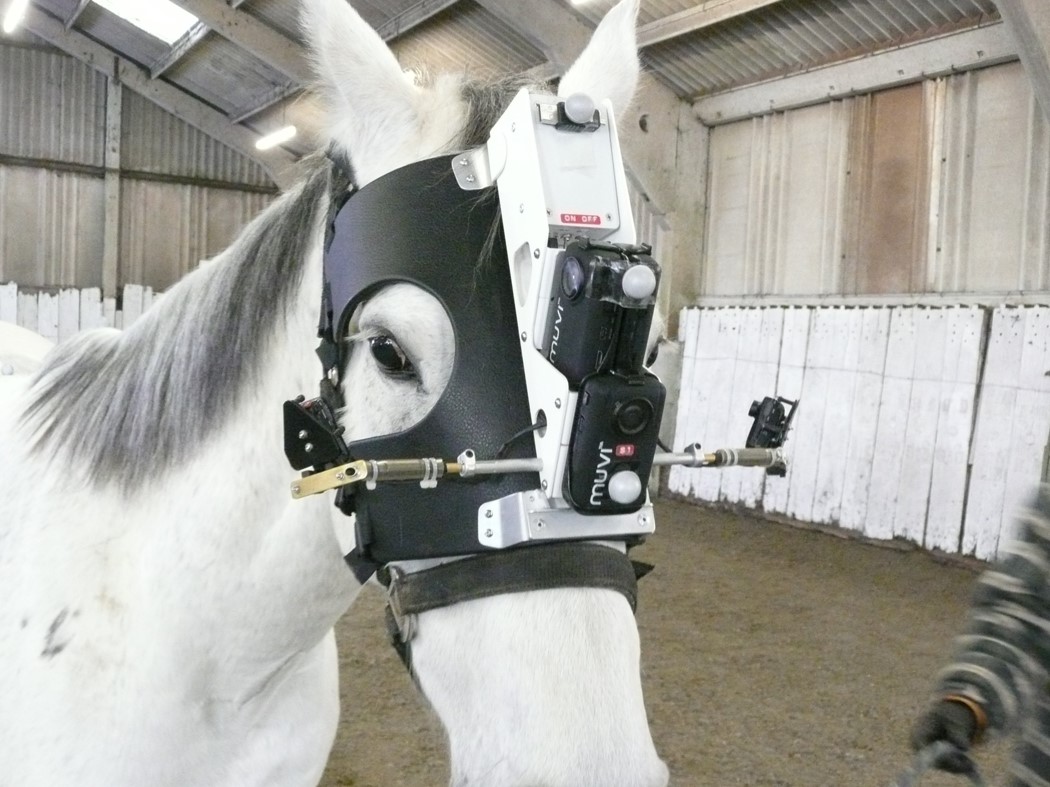The impact of the visual environment

Walking is the ‘nearest activity to perfect exercise’, improving our physical and mental health, furthering social interactions and ultimately, our well-being. Yet few people walk sufficiently to gain these benefits. What could encourage people, in particular older citizens, to walk more? Some environments seem to support active travel while others discourage people from venturing into them.
Based on the fundamental role vision plays in human behaviour, BVI researchers led by Ute Leonards and Dima Damen are investigating the impact that the visual makeup of built environments has on our ability and willingness to move in them.
This work is being conducted in close collaboration with Todd Handy (University of British Columbia), Arnold Wilkins (University of Essex), architect Steve Maslin (The Schumacher Institute for sustainable systems), artist Shelley James, the UK Collaborative for Research on Infrastructure and Cities (UKCRIC), and Bristol City Council.
Early work supported by the Wellcome Trust and the BRACE charity provided evidence that floor patterns influence people’s walking trajectories and that even movements of the lower limbs themselves are affected by distracting floor patterns. Understanding the relationship between our visual environment and our behaviour will help to tackle a major societal and public health challenge: how to create more inclusive, healthy and accessible environments for our ageing population.
